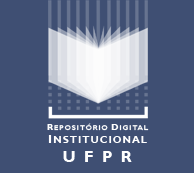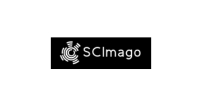Campylobacter sp. IN DAIRY COWS FROM SOUTHERN BRAZIL
DOI:
https://doi.org/10.5380/avs.v26i1.74559Keywords:
milk, milking environment, public health, SalmonellaAbstract
The present study aimed at assessing the occurrence of Campylobacter jejuni, Campylobacter coli, and Salmonella enterica in dairy cows and milking parlors from dairy farms in south Brazil. Samples were collected from 12 dairy farms located in the southern of the Rio Grande do Sul State. During the visits, one sample of the water used in the milking parlor were collected, also one sample of the milking machines, one of the inner surfaces of the milk pails or pipe walls, one from the handler's hands, and one from mixed milk were collected for microbiological analysis. Feces from five cows in production were also sampled and tested for the presence of Campylobacter and Salmonella, totaling 10 samples from each dairy farm. Salmonella was not isolated from any of the samples analyzed. Campylobacter was isolated from fecal samples of three cows (3/60; 0.05%) from the same farm. One of these isolates was identified as C. jejuni which has the cdt gene coding for the cytolethal distending toxin. We conclude that Campylobacter sp. may be found in dairy cattle during the milking process. Infected animals shed this microorganism into the environment through their stools. Therefore, there is a risk of transmission of this pathogen to humans by direct or indirect contact with the feces of these cows.
Downloads
Published
How to Cite
Issue
Section
License
Authors that wish to publish in AVS agree with the following conditions:
- To keep copyright of the article and allow the AVS to publish the first time. The article will be licensed by Creative Commons - Atribuição 4.0 Internacional allowing the sharing of their work.
- Authors may distribute their work by other channel of distribution (ex.: local or public repository).
- Authors have the permission to publish their work online, using different channels (similar to above), even before the final editorial process.













